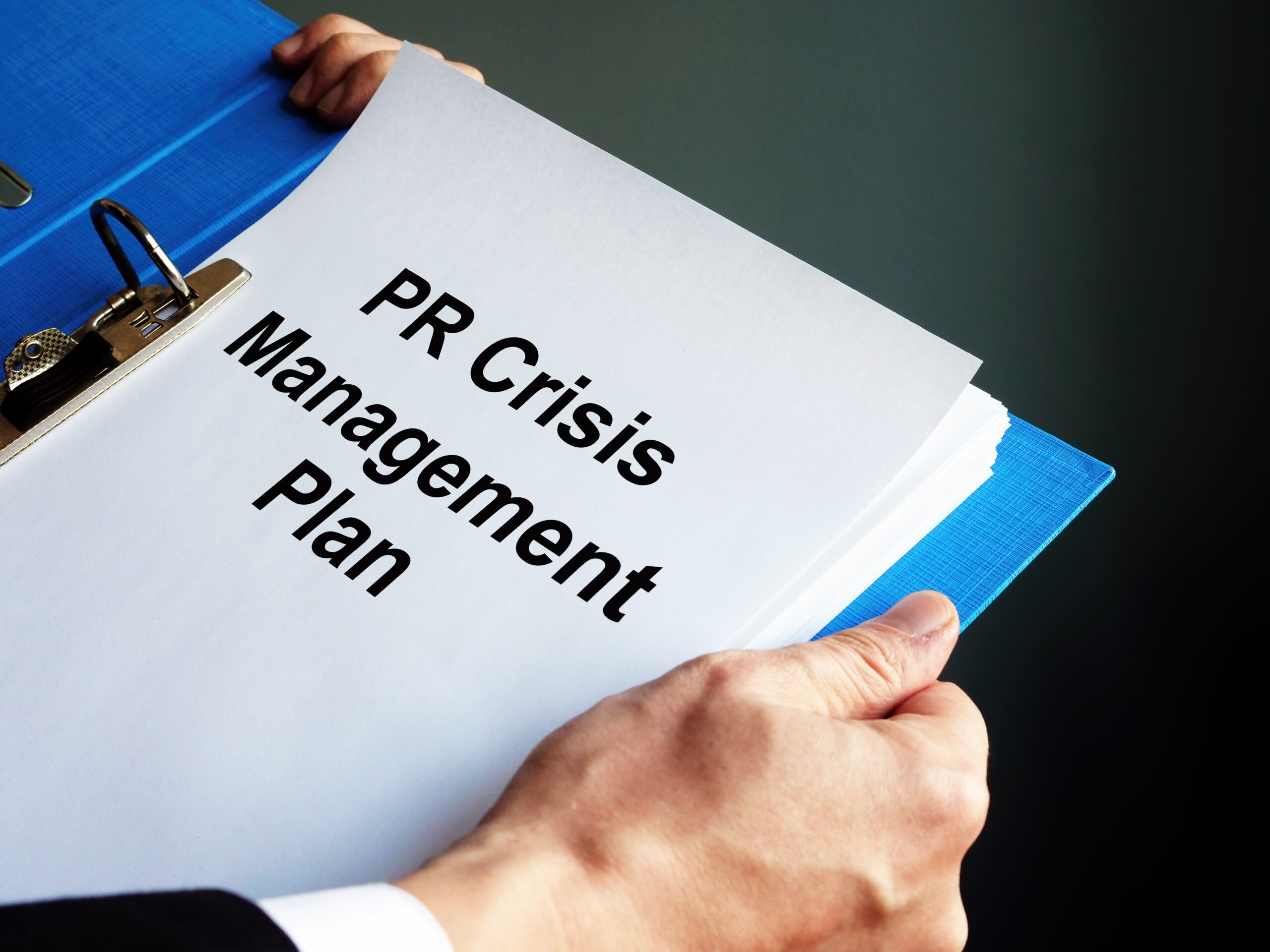You can attempt to manage a crisis that affects your organization’s image or ability to operate with a crisis communication press release. As a formal, public announcement to the media, the press release could reassure the public that you have things under control.
At its simplest, a crisis is anything negative that makes your organization look bad. Some examples include a board of directors forcing a CEO to resign or inspectors shutting down a plant.
The fact that you are responding to a crisis automatically gives you something newsworthy to write about. The emergency represents something that recently happened and is of great interest to some elements of the public.
Under normal circumstances, you send out press releases as a way to define your brand and attract positive media attention. During a crisis or emergency, the release could work to defend your brand and draw attention to your company’s overall competency.
A crisis communication press release has the power to balance how the media covers your organization. Your take on the matter could replace third-party speculation with your first-party facts.
The format of a crisis communication press release does not differ from the standard press release. You must still follow Associated Press (AP) style and make sure to issue a document with flawless grammar and punctuation. This is important so that media professionals will take you seriously and potentially publish your content with minimal editing.
When quoting people at your organization, introduce them correctly with their full names and titles. For subsequent quotes from the same person, you can refer to the person by the last name or title.
What Should A Crisis Communication Press Release Say?
Just like having a difficult conversation in your personal life, it can be hard to know where to begin with crisis communications. Your first step is to clearly identify what the crisis is.
You don’t want your company to appear like it is trying to distract from the problem at hand. The facts of what happened and how the media is currently reporting the issue point to the precise topic of your press release. Do not try to change the subject.
After clearly defining the negative topic, you can develop one or more messages, or talking points, about the topic. Your points should be grounded in facts and highlight how seriously your organization views the matter.
The messages that you write in response to the problem are where you can pursue your goals with this crisis communication. Objectives vary depending on the crisis, but building trust and credibility will be the foundation of what you choose to say.
In some situations, your goal would be to set the facts straight. You might address rumors about an unsafe product from your company by explaining that your company is evaluating complaints submitted to the Consumer Product Safety Commission, but no recalls have been required at this time.
A secondary message in the unsafe product example could be that the company conducts extensive safety testing before selling any products. You may also emphasize that the company would comply quickly if a recall is ordered due to its commitment to consumer safety.
Sometimes a crisis does not have clear facts. A natural disaster that kills employees or leaves people missing is an example of when your crisis communication will focus on compassion for victims and your next steps.
Your organization would explain what it is doing to help rescue workers and who concerned people can contact for updates.
If your crisis involves company leadership, such as the board forcing out a CEO, your press release needs to reassure customers and investors that company operation will continue smoothly.
You may not want to discuss exactly what motivated the removal. You could acknowledge that allegations or a criminal investigation interfered with the organization’s mission.
In the case of a disgraced or failed executive, the crisis press release usually stays positive. The content emphasizes earlier successes of the departing executive and talks about the upcoming search for a new CEO.
Creating A Crisis Communication Press Release
Due to the importance of responding effectively to a negative event, collaboration with leadership and your company’s legal team is recommended. These people may have good ideas about what to say or not say.
You never want to come across as deceptive or angrily defensive. Use the facts that you know to answer the five W-questions necessary for a proper press release, which are what, who, where, when, and why?
Take the answers to these questions and write the introduction to the press release. Your first sentence and first paragraph will tackle the crisis head on. Phrase it so that it captures attention.
The next paragraph typically will present a quote from company leadership to support your primary statement in the introduction. The next paragraphs will reinforce your response with messages that convey trustworthiness, competence, and compassion when necessary.
Your conclusion might summarize your main point or reinforce your commitment to correcting the situation. When appropriate, you may state something along the lines of the crisis revealing weaknesses that your organization is urgently committed to fixing.
Press releases normally end with a boilerplate statement that provides basic facts about the company, its purpose, and history. The boilerplate spares you from needing to insert basic identifying facts in the heart of the press release that could confuse your primary points.
No press release is complete without a headline and summary, but these items are sometimes easier to write after you’ve completed the press release. Remember to mention the crisis in the headline and put your most important message in the summary.
Why Write A Crisis Communication Press Release?
- Demonstrate that you take a crisis very seriously
- Promote confidence that your organization will recover from the crisis
- Prevent speculation from running wild and damaging your reputation
Tips For Writing A Crisis Communication Press Release
- Identify the exact nature of the crisis and address it directly
- Lean on legal counsel to avoid exposing your organization to liability
- Avoid defensive language when crafting your response











